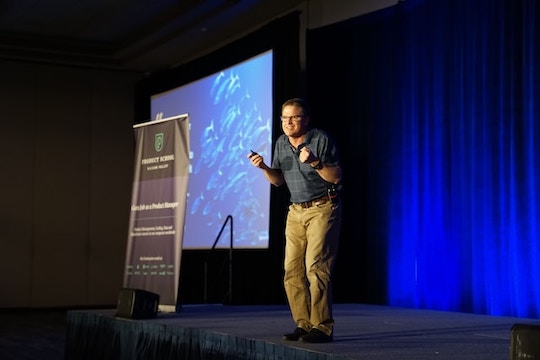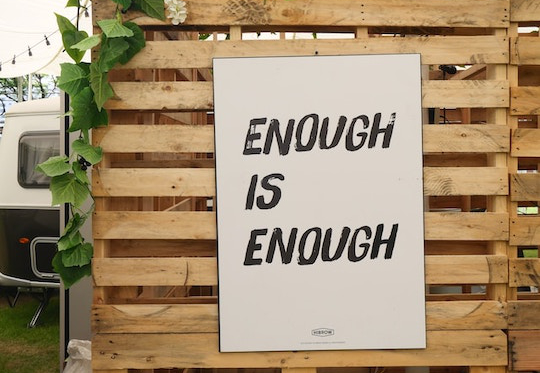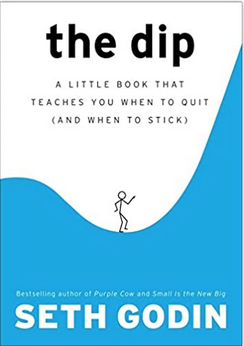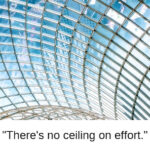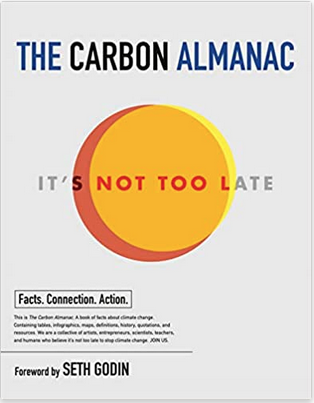In your attempts to achieve and succeed, celebrate the efforts not just the outcomes.
—Calm App Reflection
In my most active business development years I invented a point system to keep me motivated and in action. Instead of only looking at my sales metrics for how I was doing, I gave myself points for all actions that could and often did lead to quantifiable results.
Phone calls, emails, social media efforts, and even research on prospective customers all counted. Attending networking functions, scheduling meetings, and even getting business cards and contact information scored points.
At the end of each day, I could quantify my level of activity and knew that my efforts would eventually pay off.
EXERCISE:
Where and how do you celebrate and give yourself credit for your attempts and efforts, regardless of the outcomes? How would such a practice help keep you motivated when you might otherwise become discouraged?




